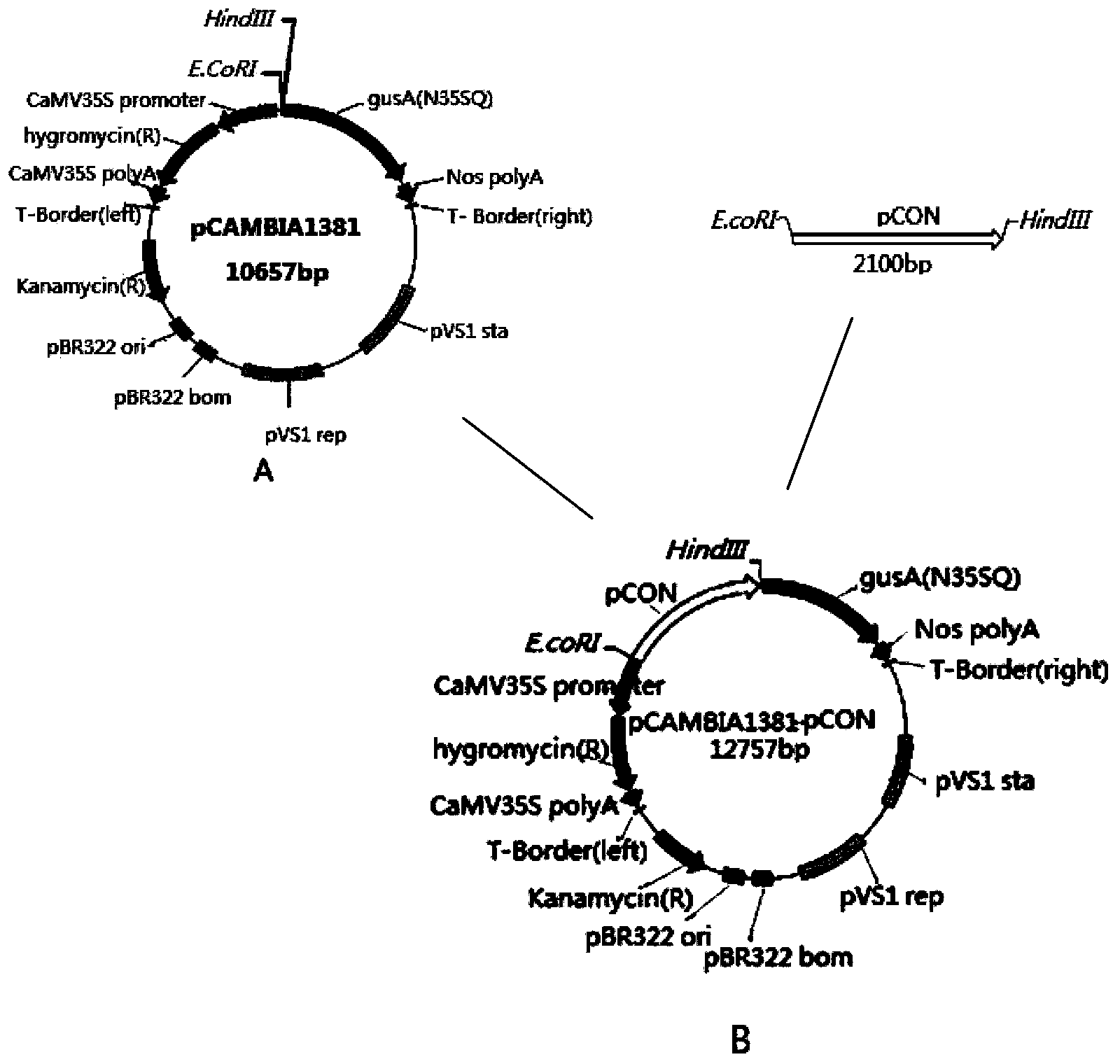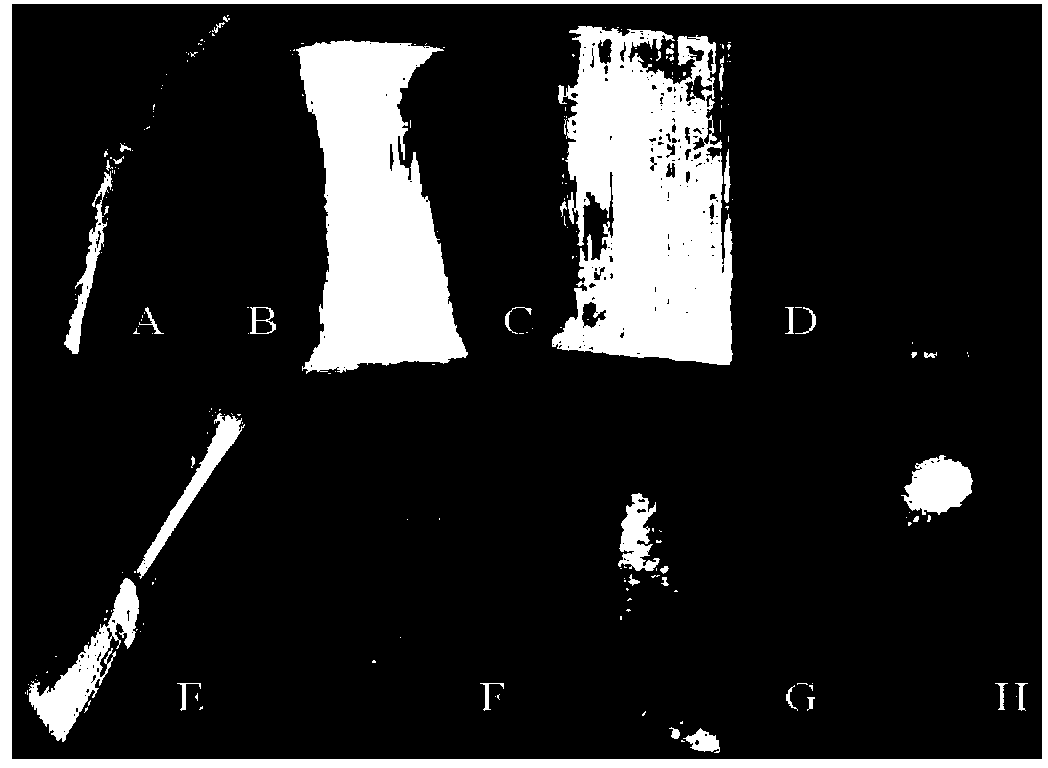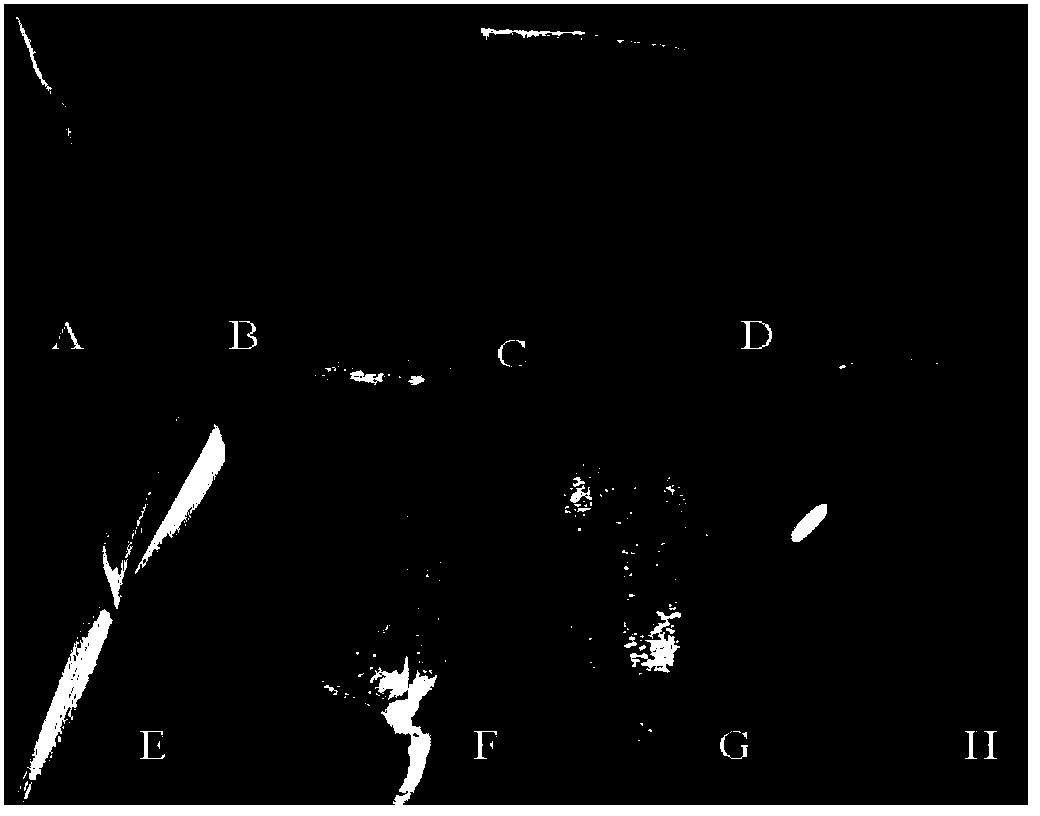Rice constitutive type promoter and application thereof
A promoter and constitutive expression technology, applied in the field of plant genetic engineering, can solve the problem that the number cannot match the increase in the number of genes, and achieve the effect of increasing the effect and improving the expression amount.
- Summary
- Abstract
- Description
- Claims
- Application Information
AI Technical Summary
Problems solved by technology
Method used
Image
Examples
Example Embodiment
[0027] Example 1. Obtaining pCON promoter containing restriction site
[0028] Step 1. Design of primers
[0029] According to the whole genome sequence of Oryza sativa L cv. Nipponbare provided by the National Center for Biotechnology Information (NCBI), the amplification primers were designed according to the 2100bp upstream sequence of the rice pCON gene, and according to the selected vector and target gene. Features, design the restriction site of the primer, in this example, the rice binary expression vector pCAMBIA1381 (from CAMBIA, publicly used vector, preserved by the Rice Group of the Supervision, Inspection and Testing Center for Genetically Modified Biological Products, Ministry of Agriculture, Anhui Academy of Agricultural Sciences) For example, the target gene is the Gus gene, and the specifically designed primers are: forward primer with E.coRI at the 5'end, restriction site ( GAATTC ), the 5'end of the reverse primer has HindIII, restriction site restriction site ( A
Example Embodiment
[0037] Example 2. Construction of plant expression vector and transformation of Agrobacterium
[0038] The plasmid was extracted from the clone obtained in Example 1, and digested with E.coRI and HindIII to recover the promoter pCON fragment. At the same time, the pCAMBIA1381 fragment was recovered by double enzyme digestion with E.coRI and HindIII, and the above two fragments were ligated with T4 ligase to obtain the plant expression vector pCAMBIA1381-pCON (such as the fusion of promoter pCON and Gus gene). figure 1 ), use the freeze-thaw method to transfer the plant expression vector into Agrobacterium tumefaciens (Agrobacterium tumefaciens) EHA105, extract the positive plasmid, and use E.coRI and HindIII for enzyme digestion verification.
[0039] Control: CaMV35S: gus was used as a positive control, and Tnos: gus was used as a negative control. The expression vector pCAMBIA1381 was transformed into Agrobacterium tumefaciens EHA105 by freeze-thaw method. The operation steps and ve
Example Embodiment
[0040] Example 3. Using the promoter pCON to drive the expression of the Gus reporter gene in rice
[0041] Step 1: Agrobacterium-mediated genetic transformation of rice
[0042] After removing the glumes from mature seeds, soak the seeds with 70% alcohol for 1 min, and then discard the alcohol. Soak the seeds with a 50% sodium hypochlorite solution containing 1 drop of Tween20 (the effective chlorine concentration of the stock solution is greater than 4%) for 40 minutes (150r / min). Pour off the sodium hypochlorite, wash with sterile water 5 times until the solution is clear and there is no sodium hypochlorite smell. Soak the seeds in sterile water overnight. Peel off the embryos along the aleurone layer of the seeds with a scalpel, and inoculate the embryos on the callus induction medium. After culturing in the dark at 30°C for 11 days, the callus was separated from the endosperm and embryo, and the primary callus with a good de-germinated state and vigorous division was pre-cul
PUM
 Login to view more
Login to view more Abstract
Description
Claims
Application Information
 Login to view more
Login to view more - R&D Engineer
- R&D Manager
- IP Professional
- Industry Leading Data Capabilities
- Powerful AI technology
- Patent DNA Extraction
Browse by: Latest US Patents, China's latest patents, Technical Efficacy Thesaurus, Application Domain, Technology Topic.
© 2024 PatSnap. All rights reserved.Legal|Privacy policy|Modern Slavery Act Transparency Statement|Sitemap



